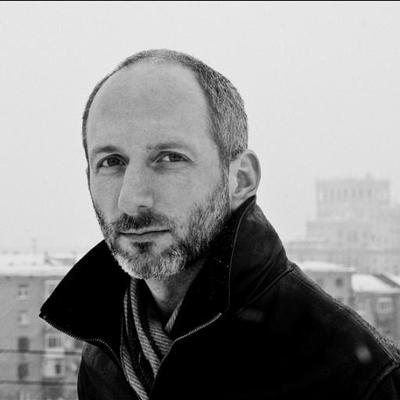
The scenes from #Moscow today are striking - and it's worth taking a moment to talk about why.
Thread
/1
For those who have missed it, some Muscovites are protesting in response to government moves to bar opposition candidates from running in city council elex this September. Some 1300 people have been arrested.
There's a good recap from @nytimes here:
https://t.co/s82dsFBSbb
/2
For a blow-by-blow in Russian of the events of the day, see @tvrain:
https://t.co/UVYzU7pxqm
/3
For more color and flavor, search #допускай
https://t.co/6BLSxwQV8o
/4
Or just look at this:
https://t.co/vVLziH3lmT
/5
There have been violent clashes with protesters before. The first was on May 6, 2012, closing out the 'Bolotnaya' protest wave of 2011-12, which until then had been entirely peaceful. Some of the anti-corruption protests of 2016-17 were also met with large numbers of arrests.
/6
Force has also been used to break-up smaller scale protests, such as tent camps blocking construction in Khimki Forest or Moscow's Park Druzhby (to name just two). I could go on. Public politics under Putin have never been entirely vegetarian.
/7
On all occasions - including this one - police violence was unprovoked. These protests have not seen rioting, destruction of property, rock-throwing or anything else from the protesters' side, other than the occupation of public space and refusal to disperse.
/8
But I'm old enough to remember when the Kremlin was rather more reticent about using violence. It understood that a violent response - unless overwhelming - tends to galvanize opposition, rather than disperse it.
/9
Violence heightens the sense of injustice, clarifies dividing lines, and sharpens the sense of immediacy -- all of which are key ingredients in popular uprisings.
/10
That is not to say that a massive popular uprising is in the works. Things like this happen without bringing down regimes.
But it is to say that the things that bring down regimes often look like this.
/11
The Kremlin knows this. And because they know this, I have to assume they're doing this for a reason.
/12
The Kremlin is now making it clear that violence is the standard response to protest, rather than just one of a number of possible responses. That is a shift. But why is it making it?
/13
Because the Kremlin understands that increased violence will not demobilize the opposition, I can only see two possible explanations.
/14
Explanation 1 is that the Kremlin wants to send a message to fence-sitters in the general public -- many of whom are increasingly dissatisfied with how the country is governed and their own economic prospects -- that joining the opposition is dangerous.
/15
Explanation 2 is that the message is really aimed at the elite. As @gbrunc and I talk about in #PutinvthePeople, a big part of Putin's role is managing the relationship with the public, so that the elite can do their business behind the scenes.
/16
Putin knows he's more likely to be brought down by elite defection than by mass unrest. So, if the elite are getting skittish about public dissatisfaction, Putin will want them to know that he's willing to put the force of the state at the defense of their interests.
/17
Explanations 1 and 2 are not mutually exclusive. In fact, I'd wager he's playing at both simultaneously. But it's a dangerous calculation.
/18
A dissatisfied public could decide to join the opposition sooner, rather than later, fearing that violence may only increase down the road. And a nervous elite could see new leadership as a route to de-escalation -- and higher profits.
/19
There are a lot of ifs, ands and buts in here -- and Twitter ain't great for caveats. Still, I find today's developments surprising, and I'm not alone. We are increasingly in uncharted territory.
/END
Oh, and if you want the deeper story on all of this:
(You knew this was coming, right?)
/END +1
https://t.co/xB57IXnsXz